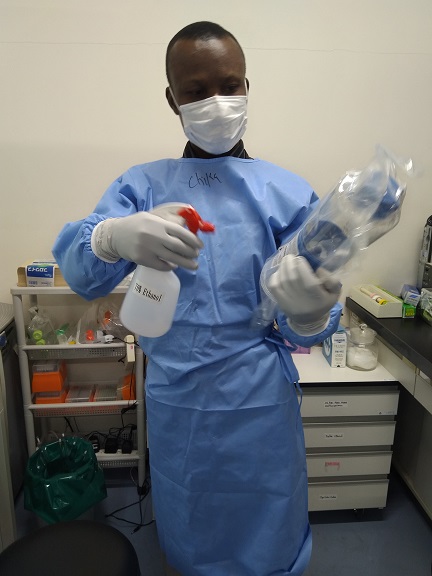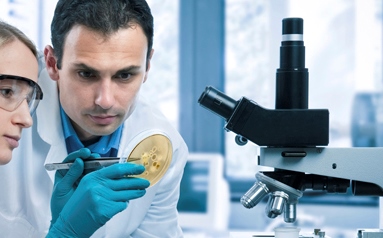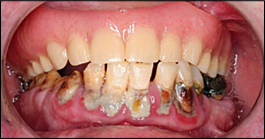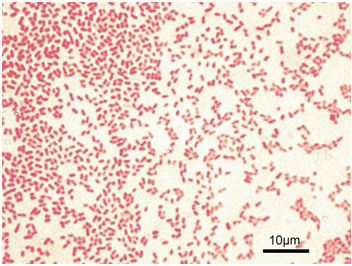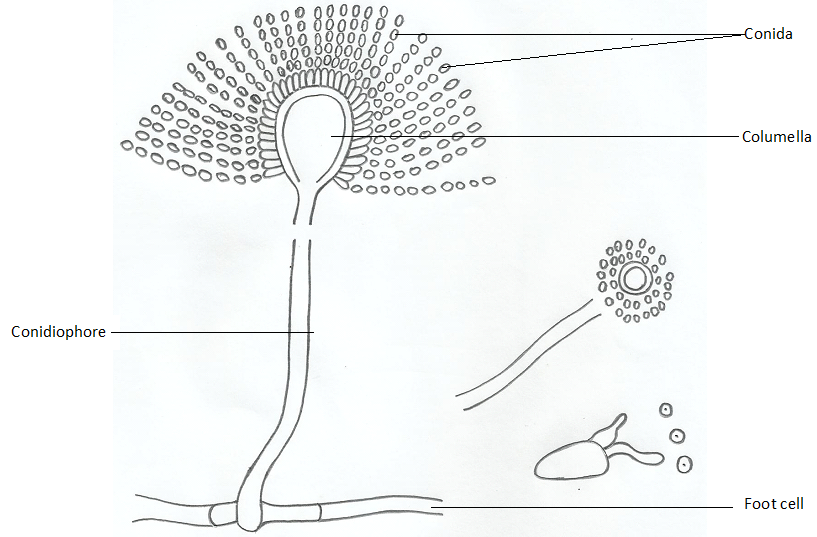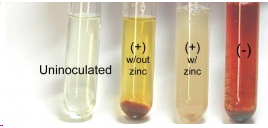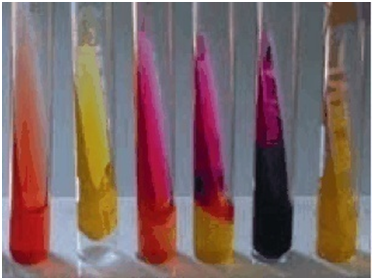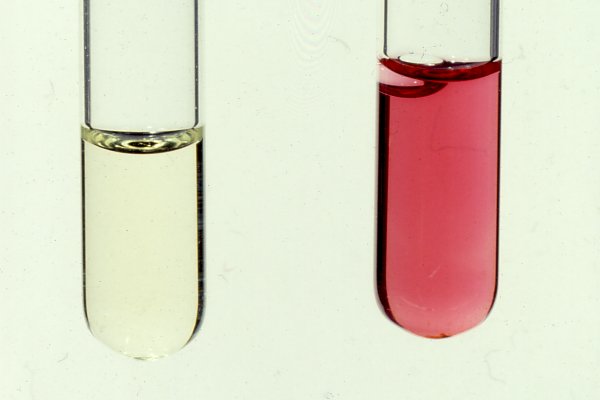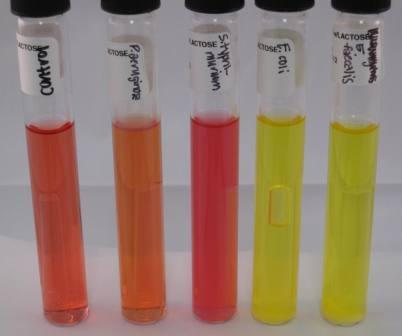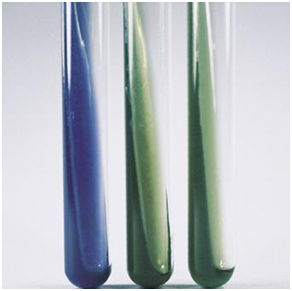REASONS FOR DOING CELL CULTURE
Why is cell, tissue or organ culture embarked upon despite the ethical issues surrounding its development, acceptance and usage? Cell culture has application in a variety of biomedical sciences and even in the industry. It has become one of the major tools used in the life sciences world over. Its application has greatly revolutionized the […]
REASONS FOR DOING CELL CULTURE Read More »
Cell Culture Notes
